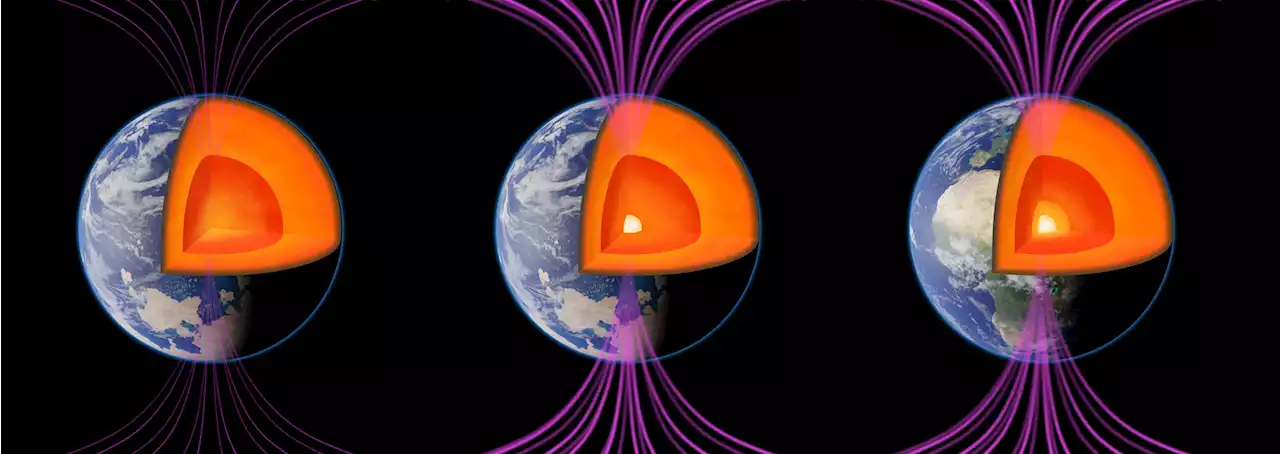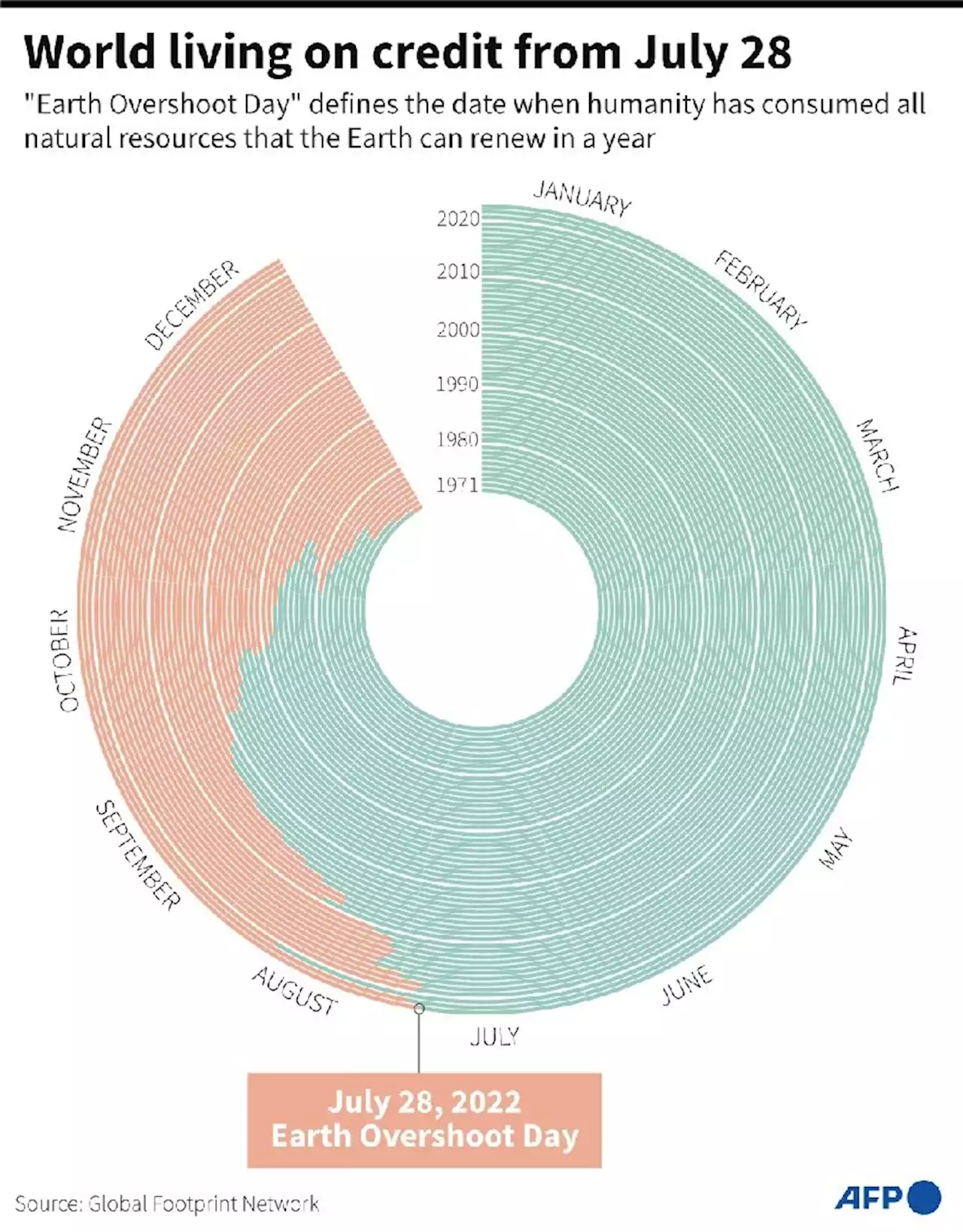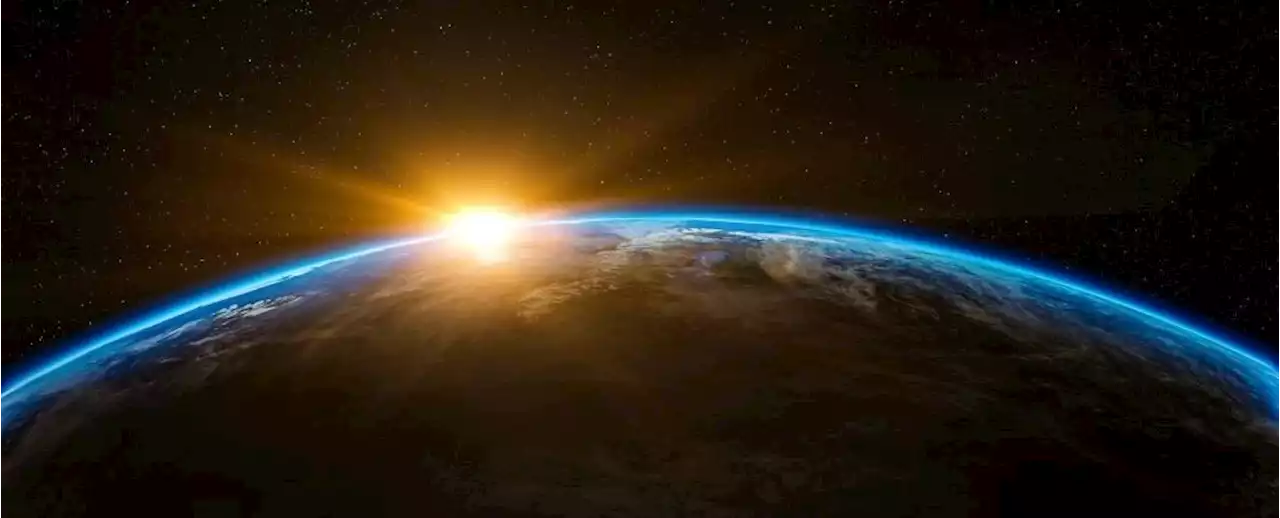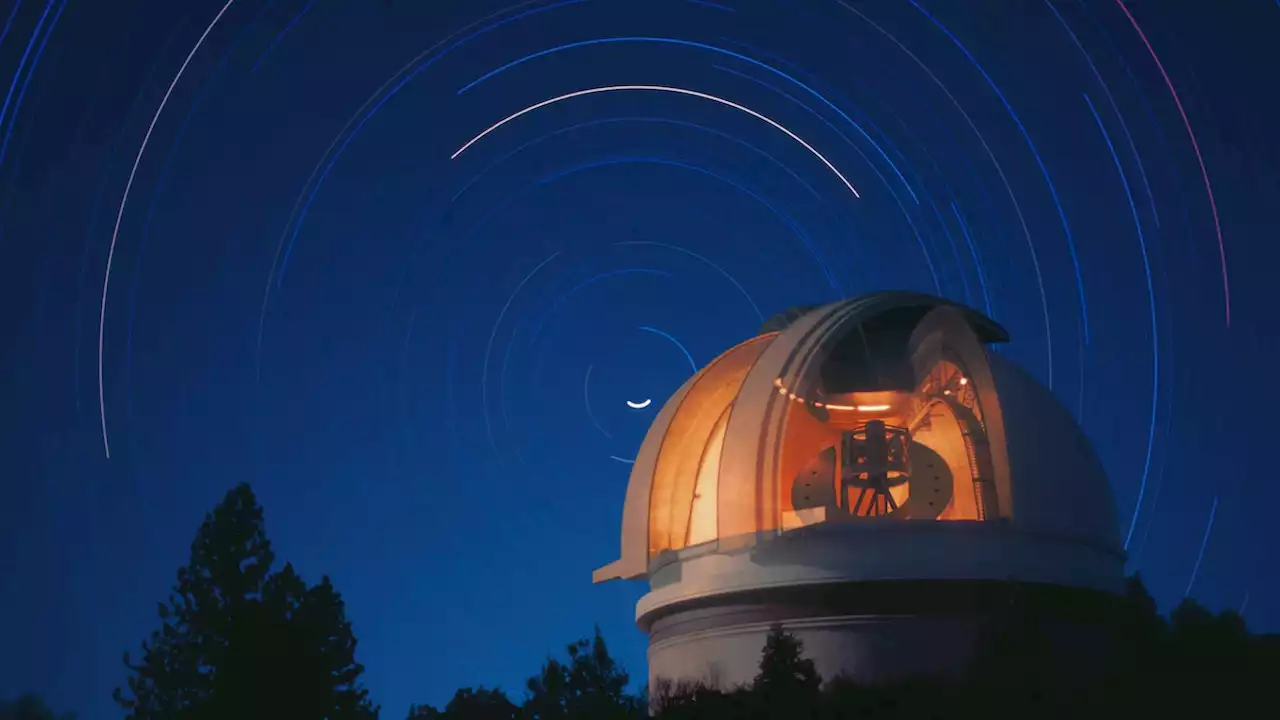A group of space rocks stays mostly inside the orbit of Earth, making them difficult to pick out in the glare of the sun—and potentially a threat to our planet
According to Greenstreet’s models, as well as others, the most likely scenario is for ꞌAylóꞌchaxnim to get tangled up with Venus sometime in the next several million years. As it zips around the sun, the rocky body is being jiggled by the gravity of Mercury and by sunlight itself, both of which can perturb its orbit, gently pushing it outward and onto a collision course withA little rock known as 2020 PH27 also may be destined to collide with Venus.
This complexity is one of the reasons scientists think it’s important to study these small bodies. But so, too, is understanding how they ended up near the sun in the first place.Most scientists suspect these sun-grazing objects originated in the main asteroid belt, the ring of rubble strewn between Mars and Jupiter. From there, however, it isn’t easy for a rock to run the gauntlet and end up so close to the sun.
“The most likely interaction with Mars is you’re going to get tossed outward, and then you’ll probably interact with Jupiter, and you’ll basically be ejected from the solar system or collide with one of the planets,” Sheppard says. “So getting pushed outward is a likely outcome, and once you interact with Jupiter, game’s over—you get tossed really hard.”
United States Latest News, United States Headlines
Similar News:You can also read news stories similar to this one that we have collected from other news sources.
 There Appears to Be a Huge Chunk of an Ancient Planet Buried Inside EarthTheia's impact with the Earth created the Moon — and perhaps left some shrapnel behind.
There Appears to Be a Huge Chunk of an Ancient Planet Buried Inside EarthTheia's impact with the Earth created the Moon — and perhaps left some shrapnel behind.
Read more »
 Ancient Rocks Hold Clues to How Earth Avoided a Mars-Like FateNew paleomagnetic research suggests Earth’s solid inner core formed 550 million years ago and restored our planet’s magnetic field. Swirling liquid iron in the Earth’s outer core, located approximately 1,800 miles beneath our feet, generates our planet’s protective magnetic field, called the magn
Ancient Rocks Hold Clues to How Earth Avoided a Mars-Like FateNew paleomagnetic research suggests Earth’s solid inner core formed 550 million years ago and restored our planet’s magnetic field. Swirling liquid iron in the Earth’s outer core, located approximately 1,800 miles beneath our feet, generates our planet’s protective magnetic field, called the magn
Read more »
 Alarm as Earth hits 'Overshoot Day' Thursday: NGOsMankind marks a dubious milestone Thursday, the day by which humanity has consumed all earth can sustainably produce for this year, with NGOS warning the rest of 2022 will be lived in resource deficit.
Alarm as Earth hits 'Overshoot Day' Thursday: NGOsMankind marks a dubious milestone Thursday, the day by which humanity has consumed all earth can sustainably produce for this year, with NGOS warning the rest of 2022 will be lived in resource deficit.
Read more »
 New Set of Chemical Reactions Could Finally Explain How Life Started on EarthOnce upon a time, when our planet Earth was very young and very new, there was not a single scrap of life on it to be found.
New Set of Chemical Reactions Could Finally Explain How Life Started on EarthOnce upon a time, when our planet Earth was very young and very new, there was not a single scrap of life on it to be found.
Read more »
